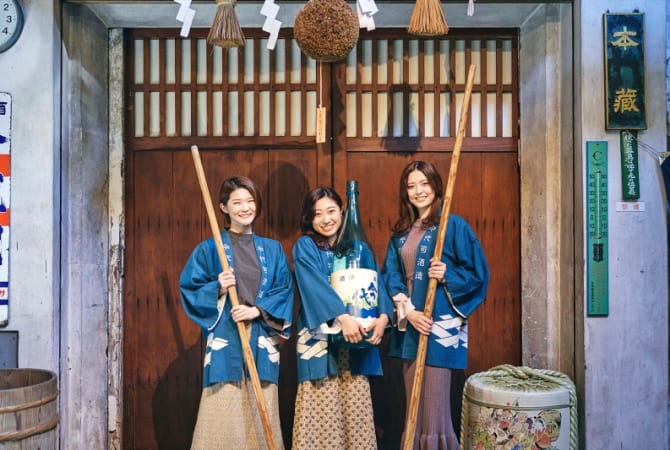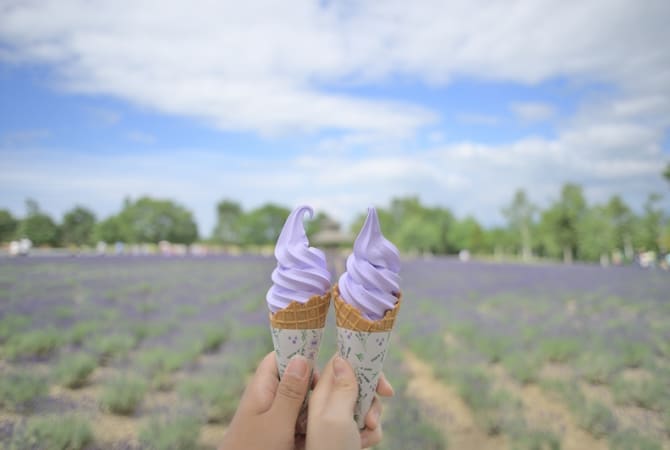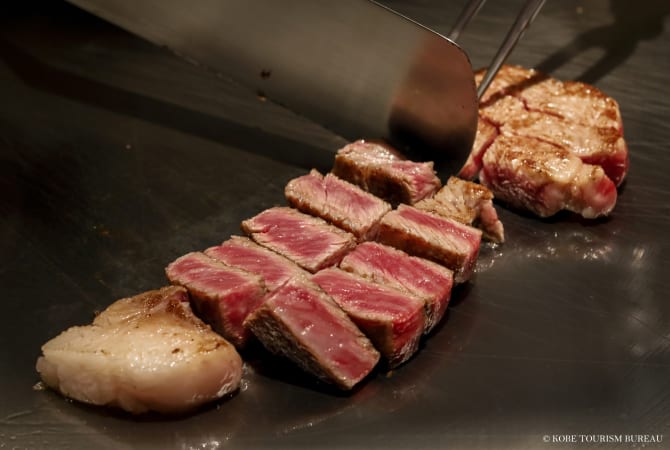Whet Your Appetite With These Wickedly Delicious Soba
Ramen is internationally known as one of the popular noodle dishes of Japan, but did you know that it wasn’t the first kind of noodles that captured the people’s hearts and taste buds? Crafted from buckwheat flour, soba noodles arrived centuries before ramen (made from wheat flour) and have captivated the culinary scene for generations.
Rich in vitamins, minerals, and proteins, soba noodles — with their unique gray-brown hue — are typically served with a soy sauce and dashi (Japanese stock) based broth or dipping sauce.
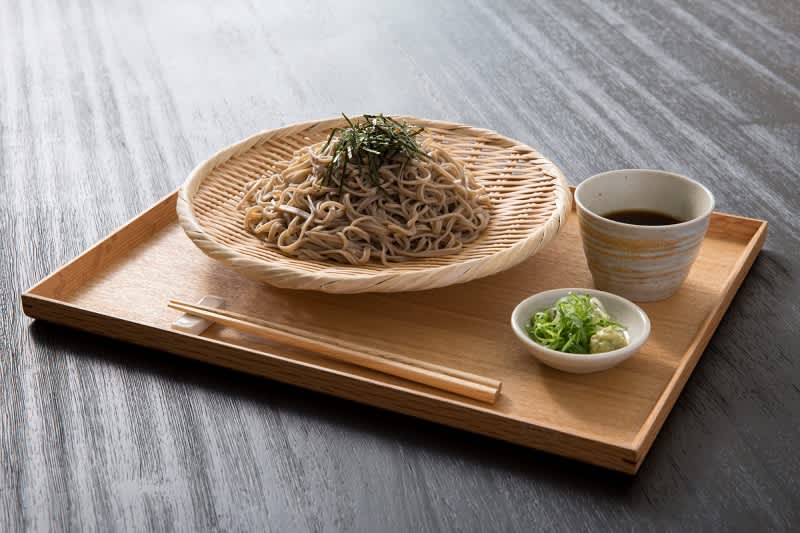
Zaru soba, a type of cold soba.
A brief history of soba in Japan
There are various theories regarding its history, but it’s believed that soba was first introduced to the Japanese palate during the Nara Period (710-784) and was consumed in different forms, such as soba-gaki (pounded soba) and soba-yaki (grilled soba). But it wasn’t until the Edo Period (1603-1867) that the soba noodles we know today became established and gained popularity, particularly among merchants and business owners.
There are many ways to enjoy soba. Cold soba is served alongside a separate dipping sauce called tsuyu that adds a savory depth to each slurp. Due to its cool temperature, cold soba is easy to eat and a very popular meal during summertime.
There is also hot soba that’s popular during the colder months. In fact, there is a tradition of enjoying toshikoshi soba on New Year’s Eve. These “year-crossing noodles” are typically served in a bowl of steaming broth — perfect for the cold winter weather — and adorned with flavorful toppings.

Hot soba. ©jazzman / PIXTA
Soba is found in many parts of Japan and each regional variation reflects the unique nature, culture, and history of its region. If you want to know more about soba, read on to discover three of the many varieties available in Japan.
1. Togakushi Soba (Nagano Prefecture)
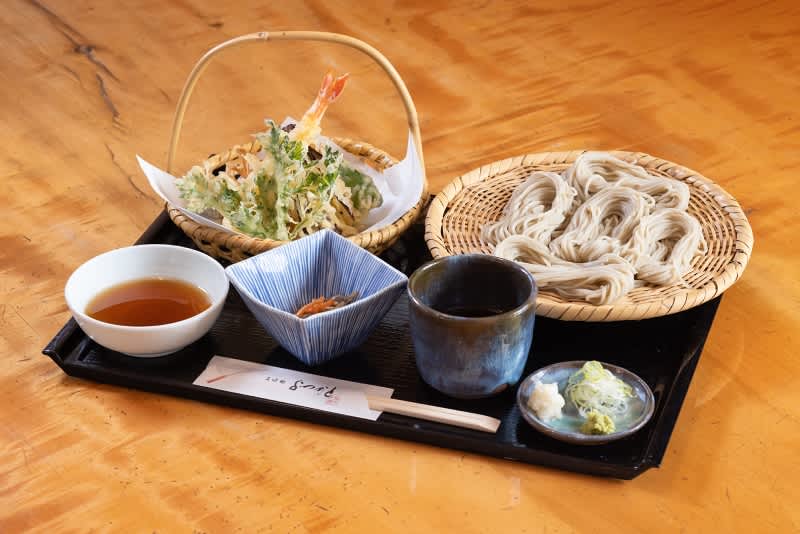
©Togakushi Tourism Association
Nagano Prefecture is known to have some of the best soba in Japan, and there are varieties even just within the prefecture. One of their most popular types of soba is called Togakushi soba. The origin of eating soba in Togakushi began when mountain ascetics during the Heian Period (794-1185) valued buckwheat flour as portable food, which led to the creation of what is now known as Togakushi soba.
Togakushi soba is uniquely presented in Bocchi Mori style, where it is served in a soba basket made using the traditional Togakushi bamboo craft, with bundles of five or six depending on the area in Togakushi. There are also various theories that the number of bundles comes from the number of shrine buildings at Togakushi Shrine (five shrines).
Thanks to the prefecture’s mountainous terrain and resulting temperature difference, the buckwheat grown in the area possesses a well-matured starchiness. Combined with the pure, clear, and cold mountain water used to rinse the soba noodles, this creates a unique soba experience specific to Nagano Prefecture.
Learn more about
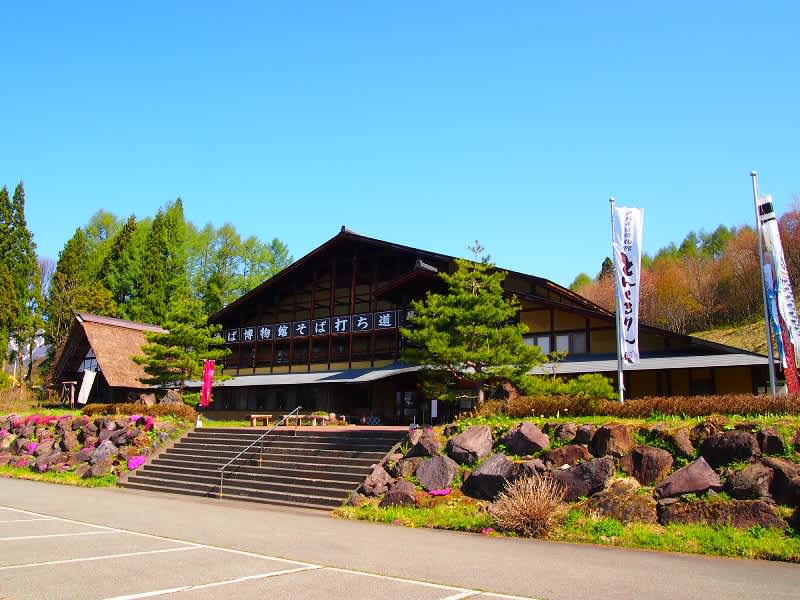
©Togakushi Tourism Association
If you want to try making your own noodles under the expert instruction of a master chef, drop by the Togakushi Soba Museum — where you will also learn how to eat soba noodles properly. The museum also has an exhibit on the history of soba noodles that you can visit while you’re there.
Togakushi Soba Museum - Tonkururin (Website)
Address:
3018 Togakushi, Nagano City, Nagano Prefecture 380-4101
How to get there:
From Nagano Station, take an hour-long ride on the Togakushi Line bus to the Soba Museum bus stop.
Operating hours:
10AM to 4PM (closed from December to mid-April)
Admission:
Soba museum
Adults: JPY200
Children: JPY150
Soba workshop
Two persons: JPY4,500
Four persons: JPY7,000
2. Wanko Soba (Iwate Prefecture)
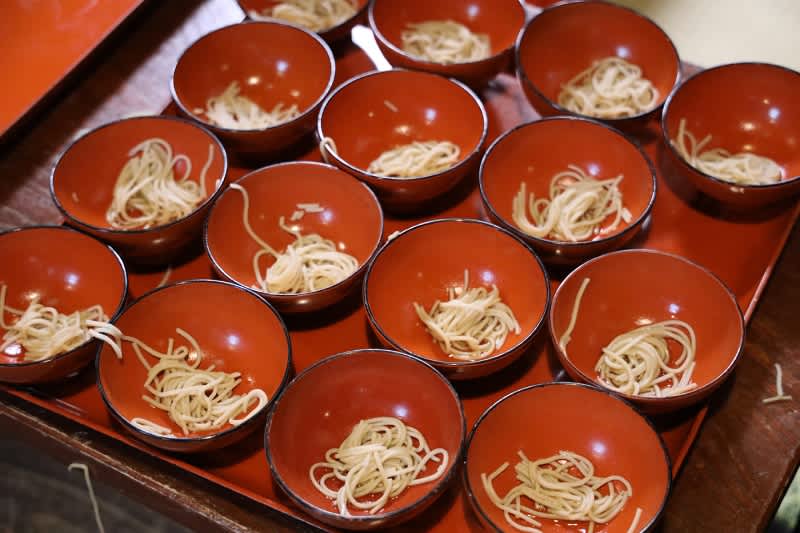
©Tohoku Tourism Promotion Organization
If you are craving a satisfying end to a long day of exploration in Iwate Prefecture, look no further than wanko soba. This soba is served in omotenashi-style, or “eat-all-you-can”, where the noodles come in small wooden bowls called wanko that you stack on top of each other as you finish them. A variety of condiments are also provided, allowing you to customize the flavor with every bite.
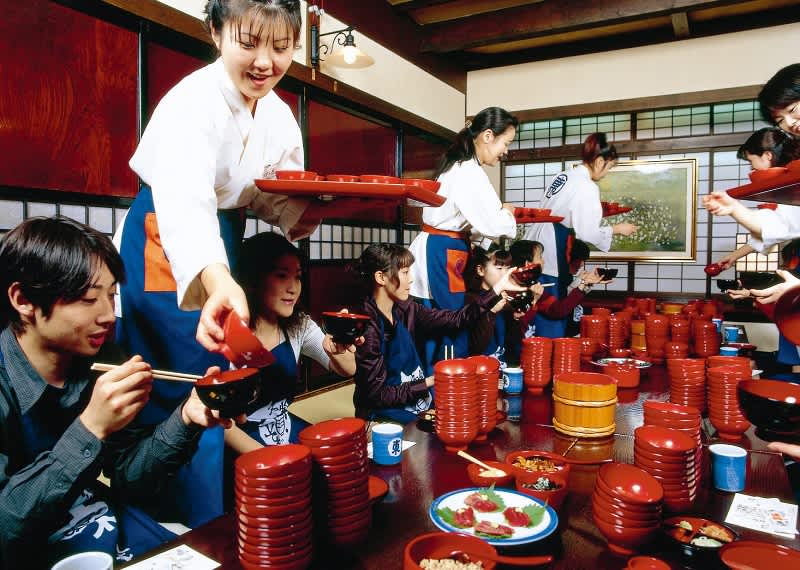
©Tohoku Tourism Promotion Organization
Wanko soba is like an eating challenge to see how much you can consume, with the server topping up your bowl as they cheer you on with a chant: “Hai, dokkoi. Janjan!” (“OK, done. One more!”). There are even national and international competitions where people compete to see who can finish the most number of wanko soba bowls.

©Iwate Tourism Association
While you’re in Morioka City, take the chance to visit the Morioka Castle Site Park. Unlike other castles in the Tohoku Region which were built from earthen walls, Morioka Castle’s walls were made from granite mined from around the area. Though the grand castle itself is lost to time, its walls remain sturdy and visible to those who visit the site.
Morioka Castle Site Park (Website)
Address:
1-1-37 Uchimaru, Morioka City, Iwate Prefecture 020-0023
How to get there:
From Tokyo Station take the JR Tohoku Shinkansen or Akita Shinkansen. From JR Morioka Station, take a 10-minute bus ride on the Morioka City Loop Bus and alight at the Moriokajo-ato Koen. Or you may decide to walk (15 to 20 minutes).
Operating hours:
9AM to 5PM
Admission:
Free
3. Ita Soba (Yamagata Prefecture)
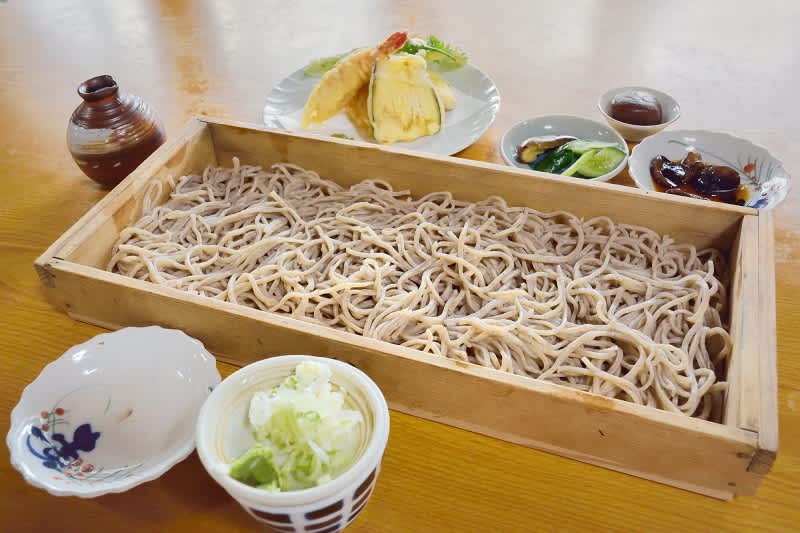
Over in the neighboring Yamagata Prefecture, you can find another type of soba: ita soba. This soba dish is traditionally served in an ita or wooden box and can come in group servings that are good for two to three people. In Yamagata, there is a custom called soba furumai, where people serve soba to their relatives and neighbors as a gesture of hospitality.
Ita soba noodles are darker in color, firmer, and chewier compared to traditional soba noodles. It is made with unpolished buckwheat flour, creating a stronger flavor that gets more pronounced as you chew. Ita soba noodles can also come in thicker cuts, served with a lighter tsuyu sauce that allows you to fully enjoy the soba’s flavor.
Learn more about
Soba noodles are so important to Yamagata’s culture that it established the Yamagata San-dai Soba Kaidō (Yamagata Big Three Soba Highway), stretching along the Mogami River and includes the towns of Murayama, Oishida, and Obanazawa, where you can supposedly find the best ita soba in central Yamagata.

©Yamagata Prefecture
While you’re here, don’t forget to drop by one of the most popular destinations in Yamagata City — the Zao Onsen. Take a dip in its sulfur-enriched hot spring waters to rejuvenate your body and bask in the calming atmosphere of this open-air spa.
Zao Onsen Large Open-air Bath (Website)
Address:
853-3 Zao Onsen Arashiki, Yamagata City 990-2301
How to get there:
From Tokyo Station, take the JR Yamagata Shinkansen. From Yamagata Station, take a bus to the Zao Onsen bus terminal.
Operating hours:
Weekdays: 9:30AM to 5PM
Weekends and holidays: 9:30AM to 6PM
Admission:
Adults: JPY1,000
Children: JPY500
If you’re looking for a light and savory meal to keep you fueled during your travels, a bowl of soba is always a good idea!
Discover more of Japan. Follow us on Facebook and Instagram for fun facts and quick tips about Japan.















































